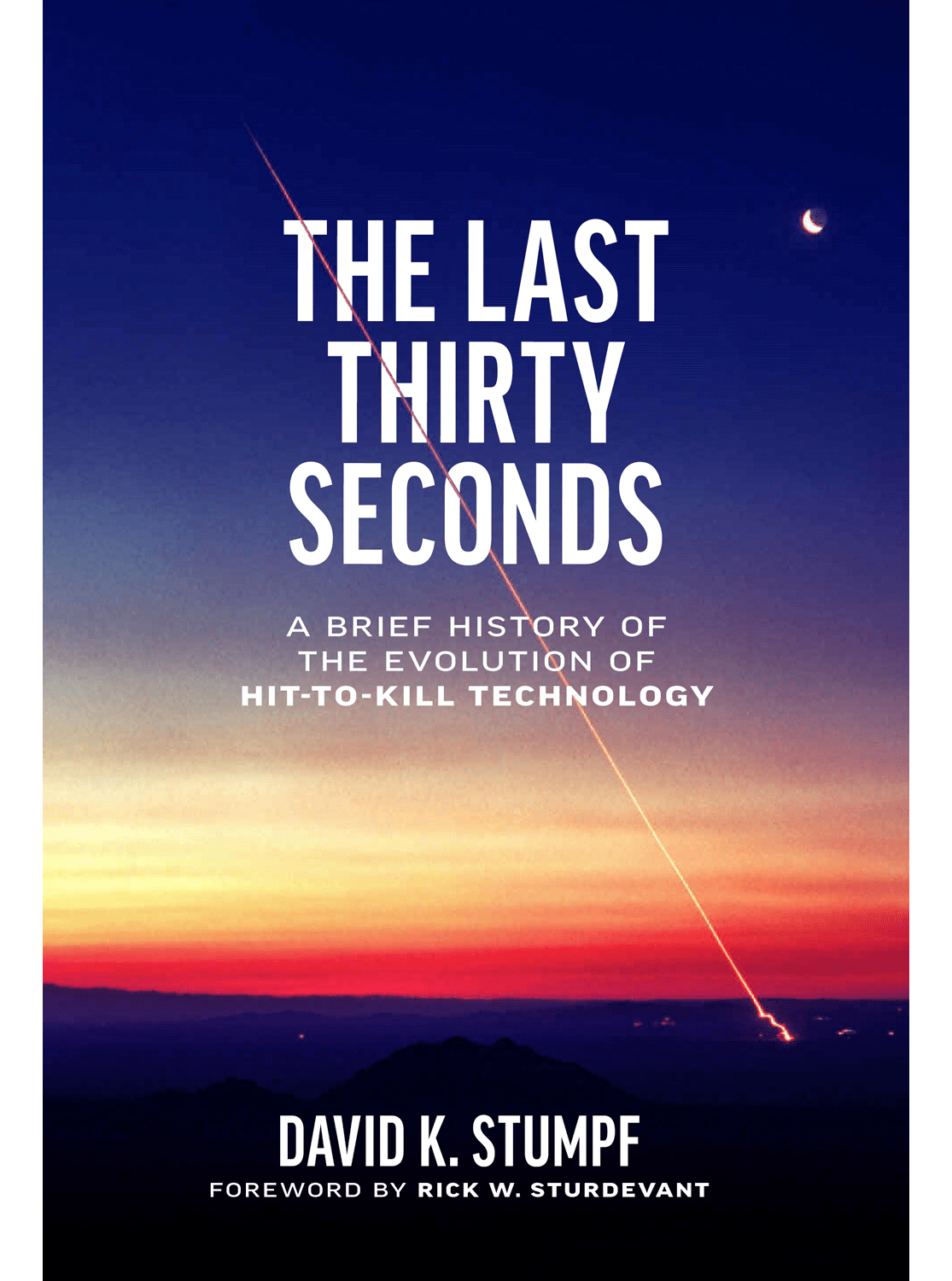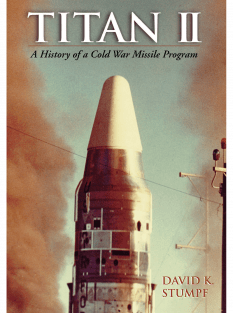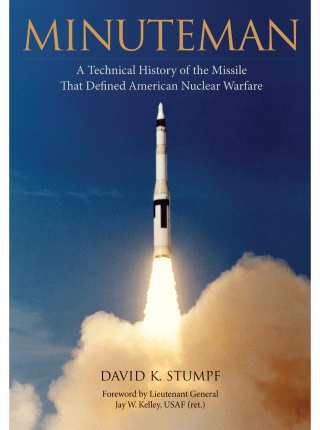In March 1983, as the world’s superpowers continued aggressively stockpiling nuclear weapons, President Ronald Reagan described his vision for a world no longer confronted with the concept of mutually assured destruction. A year later the Strategic Defense Initiative was established, followed soon after by the creation of the Strategic Defense Initiative Organization (SDIO). The SDIO was tasked with the development and coordination of missile technologies designed for the strategic defense against civilization’s most dangerous invention, one that carried with it the threat of nuclear destruction—intercontinental ballistic missiles.
In The Last Thirty Seconds: A Brief History of the Evolution of Hit-to-Kill Technology, David K. Stumpf details the development of one of many possible solutions for ballistic missile defense commonly known as hit-to-kill. Hit-to-kill is a nonnuclear technique using kinetic energy, rather than explosives, to destroy reentry vehicles carrying chemical, biological, or nuclear warheads. It is the centerpiece of the United States’ current ballistic missile defense systems and has proven invaluable in the conflict between Ukraine and Russia as well as in the ongoing conflict with the Houthi rebels in the Red Sea. While much of the subject remains classified, this detailed study will be welcomed for its substantial references and the inclusion of newly declassified material.



